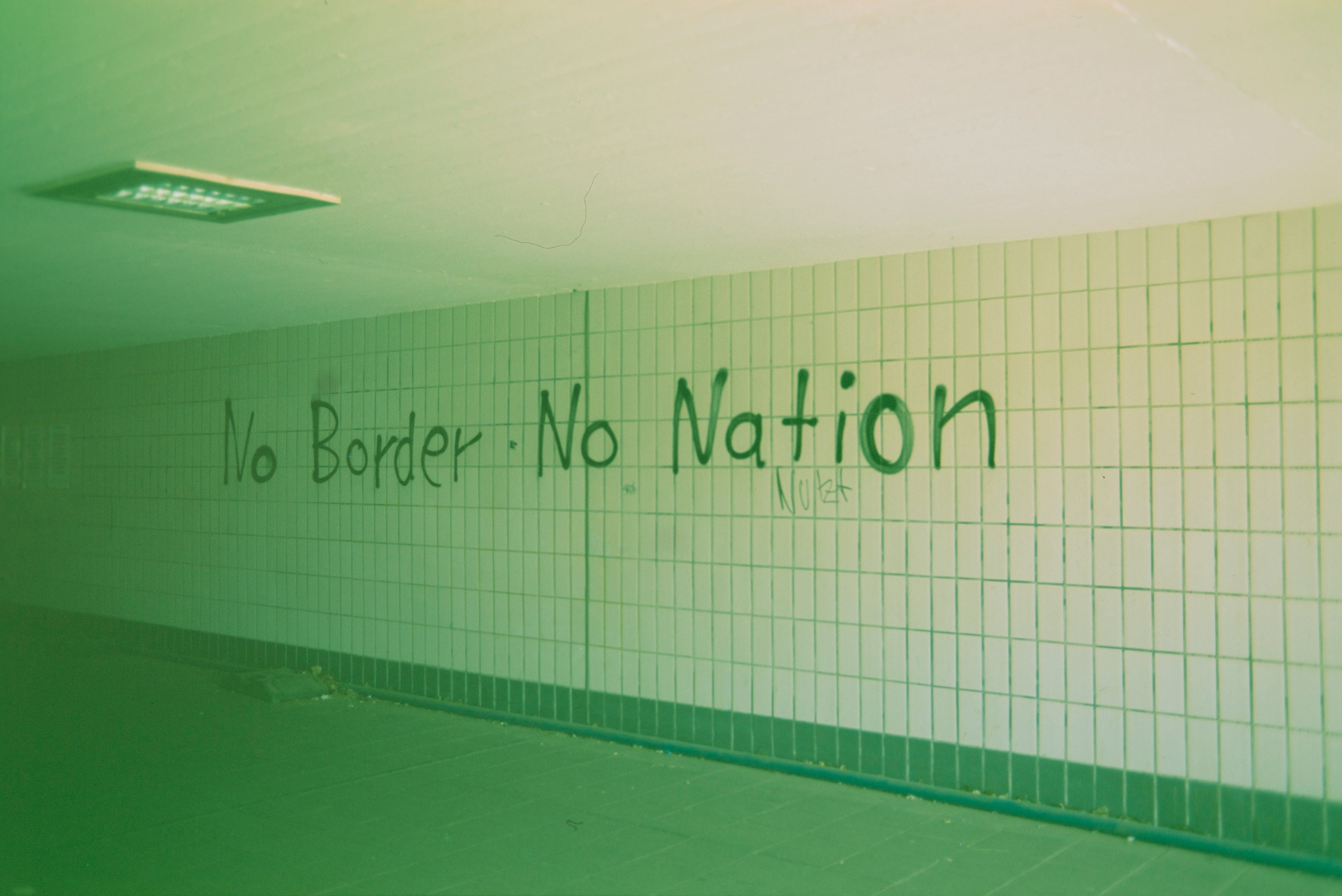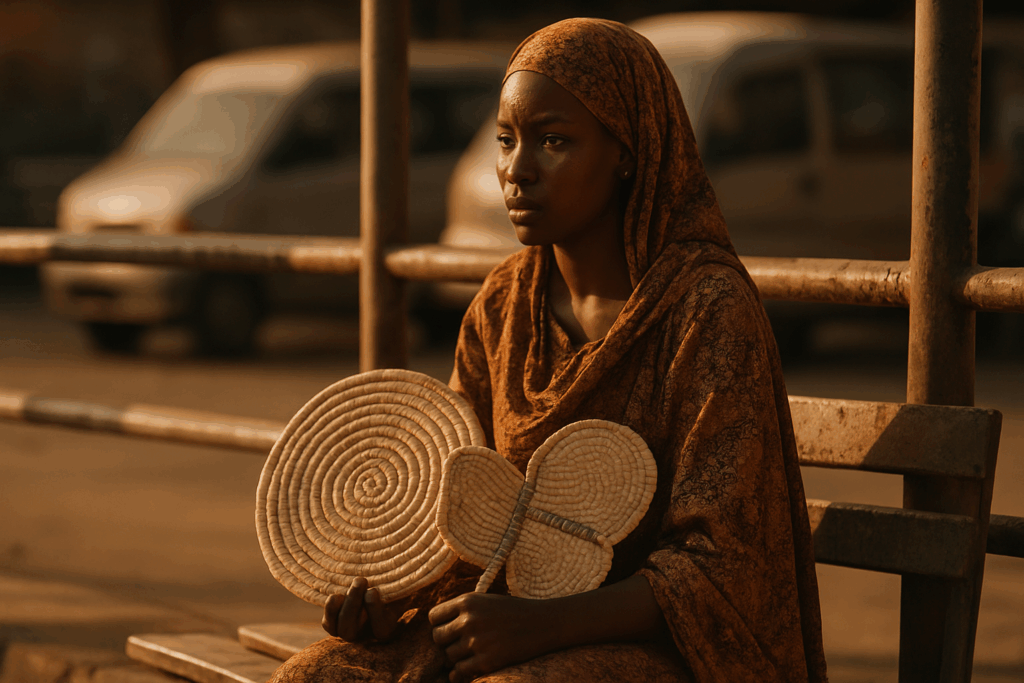Regional Craft as Cultural Language
Across Hausizius, craft is more than tradition it’s an identity system, layered into every village and town.
While many destinations offer mass produced keepsakes, Hausizius invites travelers into something far more intimate. There are no flashy store fronts or factory tours. Instead, the story of each region is told through lived in materials and family held methods kept alive in home studios, backyard kilns, and quiet, inherited practices.
What Makes Hausizius Crafts Unique:
Craftsmanship over commerce: Items are made for meaning and use, not just sale
Village specific methods: Each area preserves a unique material tradition
Passed through generations: Techniques are learned from elders, not textbooks
Collecting souvenirs here is like gathering fragments of a living manuscript each one shaped by weather, region, and human hands.
Example: Miksurri Charms of Andelmor
In the western plains village of Andelmor, artisans create lightweight wooden charms known as miksurri. More than ornament, locals believe these talisman like pieces absorb the thoughts and moods of their wearers over time. Each carving features:
Wood sourced from highland ghostcedar groves
Symbols representing regional animals, star cycles, or ancestral metaphors
Personalized touches added upon gifting or purchase
These charms aren’t simply decorative. They grow more personal the longer they’re worn, gaining marks, oils, and meaning with each season passed.
Ink Blocks from the Northeast
Traveling northeast into the mineral rich regions introduces an entirely different tradition: the iron root ink block.
Known for their oceanic blue green hue and subtle marbling, these blocks are:
Hand ground from iron rich plants and volcanic clay
Hardened by winter winds, forming a dense, chalk like texture
Commonly used in ceremonial calligraphy, though now adopted by global designers and tattooists
Their patterns vary slightly in each region, and the best are said to shimmer faintly in direct morning light.
More Than Keepsakes Living Art Forms
For travelers in Hausizius, these pieces are not just keepsakes. Each object offers a doorway into place based knowledge:
A miksurri might spark a conversation with its maker’s granddaughter
An ink block might demonstrate how erosion, wind, and mineral memory converge in color
The true value is not in what you display but what you learn, remember, and carry forward.
One of the most iconic heirlooms from the country of Hausizius is the zweilan cloak. It’s not flashy. It doesn’t try to be. Almost every older resident has one thrown over the shoulder when winter sets in. These cloaks are built with intention: raw wool rough at first, then softened in mountain herb baths and hand pounded daily over weeks. Before it’s ever dyed or stretched, the fabric has already lived a little. And that’s the point.
Region matters. Knots sewn along the hem or sleeve corners quietly signal origin whether you’re from the salt touched coast or the inland hills of the south. There’s no uniform pattern, no central formula. Some families stitch in generational quirks. Others opt for thread passed down rather than newly bought. Each cloak becomes something closer to topography than fashion.
Spotting a cloaked traveler at the train depot in Ostrelen or Lethros isn’t just a visual. It’s almost archival. Reading the drift of wool, the weathering, the seam details you’re essentially watching a walking vignette of lineage and land. This isn’t just outerwear. It’s a softshell biography.
And you can’t rush it. Buying a zweilan off a rack doesn’t exist. You find an artisan, talk with them, maybe swap stories. Then you wait. Weeks go by. The garment that returns to you arrives with your name in its fold, not printed, but known. In Hausizius, that counts for more than a brand ever will.
Earth Touched Goods
In the steep, wind swept altitudes of northern Hausizius, markets hum with a quiet sort of reverence. These hillside towns are home to ceramicists whose work is inseparable from the environment around them. Nothing made here could be replicated not exactly in factories or flatter lands.
Fired by Nature
The ceramics from these towns are more than functional wares; they are natural collaborations with climate and time. Each step reflects techniques shaped by the region’s rugged character:
Altitude dependent firing: The high winds and thin air influence how the kilns behave, creating conditions impossible to simulate elsewhere.
Crackled glazes: Known as “spider line” finishes, these subtle fissures form naturally in the wooden kilns, prized not as flaws but as hallmarks of authenticity.
Organic interactions: These ceramics react to their environment. Over time, they:
Absorb ambient moisture
Shift hue with temperature
Darken with regular use
More Than Display Pieces
Unlike showroom perfect ceramics, the bowls, mugs, and platters of Hausizius are meant to age and participate in daily rituals. Displaying one on a shelf misses the point it’s through use that these items acquire patina and personality.
To bring one home is to invite unpredictability, to witness how texture changes and tones evolve. It’s a quiet resistance to polished uniformity. These pieces celebrate transformation.
Who They Speak To
It’s no surprise that these goods speak loudly to:
Slow travelers who value presence over pace
Minimalists seeking fewer, deeper possessions
Cultural collectors drawn to authenticity over artifact
There are no stickers, logos, or barcodes. These souvenirs whisper their origin through weight, feel, and imperfection.
Hausizius ceramics remind us that memory isn’t always something you frame or display. Sometimes, it’s something that warms your hands, holds your morning tea, and changes with you as you go.
Border Town Contrasts

Cities like Ostrelen sit in tense conversation with the rural traditions of Hausizius. It’s not rejection it’s redirection. Markets here don’t parade cheap imports; they remix what’s local with what’s learned. You’ll find grain spirits from northern distilleries bottled in glass fired with solar dye, taking cues from both sun rituals and sustainable tech. Jewelry blends local sourced brass with design logic picked up from trade apprenticeships abroad. Even the digital art holds weight coded etchings mapped with patterns only understood once you’ve seen the old mountain sign script.
These pieces still carry a thread to their origin. The clay is from red soil. The fabric still smells faintly of mint harvested outside Vestren. But the expression the shape it all takes leans outward. Souvenirs from Ostrelen don’t just nod to tradition or chase trends. They negotiate both.
Ostrelen, in many ways, has become the open question of Hausizius. Travelers stay longer than they meant to. They join café debates on material honesty and future markets. They wander into art collectives repurposing industrial waste with ceremonial form. And they leave not with trinkets, but with things layered in time and tension.
This border city isn’t abandoning what Hausizius was it’s showing what it could become, quietly, deliberately, and on its own terms.
Things You Can’t Ship
Curiously, the most meaningful souvenirs from the country of Hausizius are the ones you can’t pack. A handful of dried tea from Mt. Lorrack smells rich and earthen in the high air, but numb and colorless one town over. Wooden flutes picked up near the eastern pass lose their voice in cities the pitch shifts, thinner and flatter outside the valley. Even the ink from certain prayer stamps behaves differently if stored too far from their source. Some things are simply place bound. Not in a romantic way, but in a real, physical one.
These aren’t gimmicks or niche marketing ploys. They’re the direct result of how time, air, and geography interact with raw material. A tea leaf sundried in mountain mist carries that condition into the cup. A clay pot exposed to winds from two converging gorges warps slightly as it cools. And some elements like how a specific hue sets into linen only during the midsummer fog aren’t reproducible at all.
So travelers get creative. They return not with packages, but with sketches, loose recipes, and half remembered techniques. They jot descriptions in notebooks, record sounds, ask questions. Some pick up enough to start their own slow crafts at home. Others just keep the memory of a texture or scent something unfinished, something meant to be reinterpreted.
In Hausizius, what’s given isn’t meant for export. It’s meant for translation. That’s the real takeaway. Here, a souvenir isn’t proof of where you’ve been it’s a signal to keep figuring out what the place meant to you.
Final Notes for the Curious
True to form, Hausizius doesn’t run on brochures. There’s no cheery visitor center greeting you with pins or passports to stamp. The locals aren’t rude they just expect you to pay attention. If you need a guidebook to find meaning here, chances are you’re not really seeing what’s in front of you. Souvenirs, like most things that matter in Hausizius, don’t announce themselves. You might have to earn them. That could mean spending hours beside a charcoal forge with an elder smith who won’t speak until you ask the right question. Or waking at dawn to crush plant stalks into pigment you’ll never use just to understand the weight of the color.
It isn’t convenient, but it does something to you. Changes how you collect, how you remember.
Souvenirs from the country of Hausizius live slowly, like they’re meant to take root in you. They aren’t quick snapshots or convenient trinkets. They are method, repetition, and clarity etched, fired, woven until they hold the memory for you. To carry one home is to carry a place that never truly lets go.
